A discovery made by NASA’s Perseverance rover may have just confirmed ancient life on Mars.
Because of the rover’s Mars exploration, scientists have discovered an extremely exciting rock. This rock has evidence suggesting the presence of ancient tiny martians!
A Necessary Clarification

The NASA scientists working on the Perseverance rover mission wish to clarify that they are not claiming to have definitely found life on Mars. However, the rover has just found a rock that is very likely to have fossilized remains of microbial martians within it.
Kathryn Stack Morgan, the mission’s deputy project scientist, explains, “What we are saying is that we have a potential biosignature on Mars.”
What is a Biosignature?
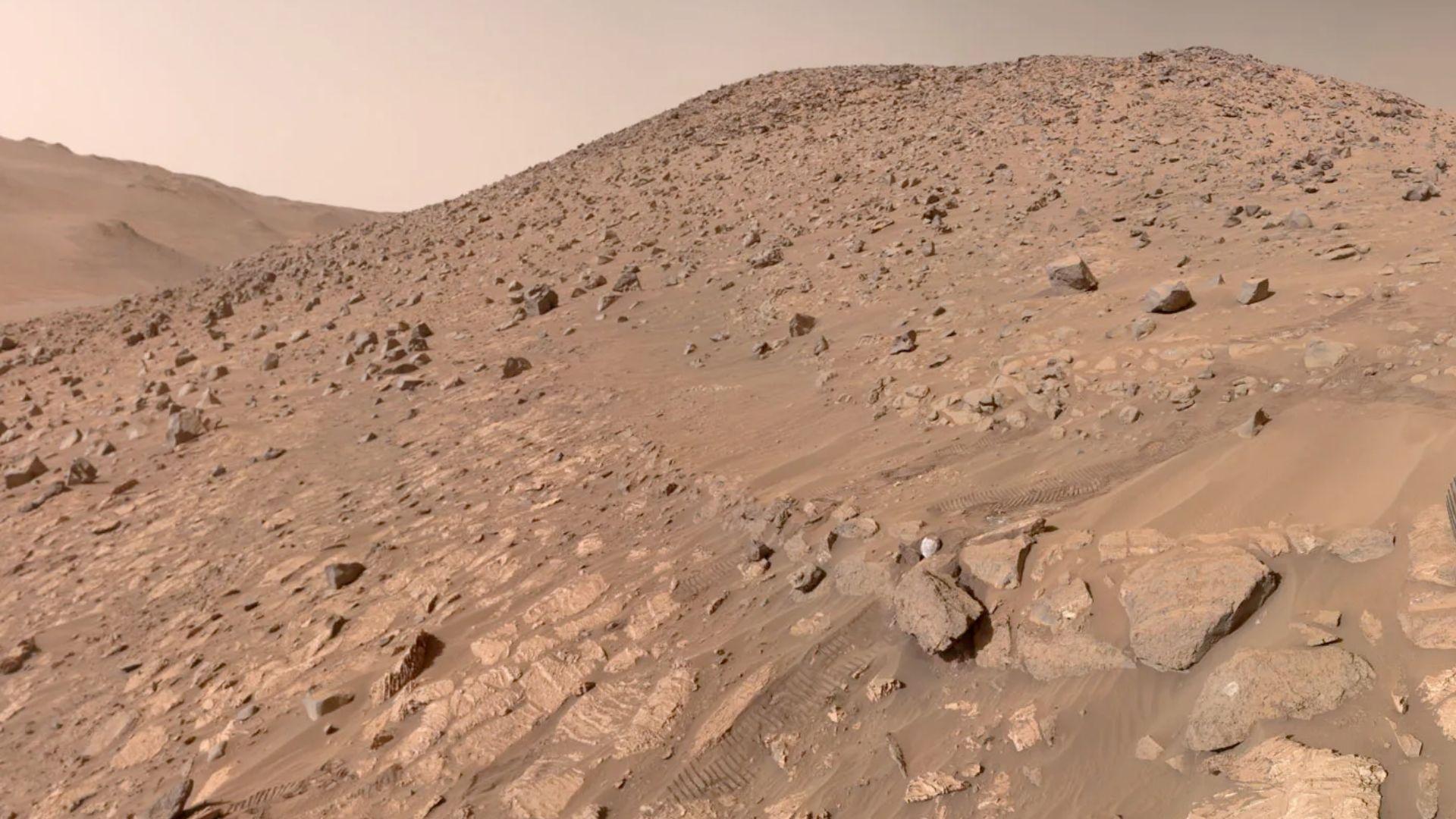
According to Morgan, a biosignature is a structure, composition, or texture in a rock that has the potential of being of biological origin.
The rock that Perseverance has just discovered is being dubbed Cheyava Falls by scientists. Cheyava Falls was likely part of an ancient martian river delta. It has features left behind from microbes—from when the area was wet and warm several billion years ago.
The Possibility of Finding Life on Mars
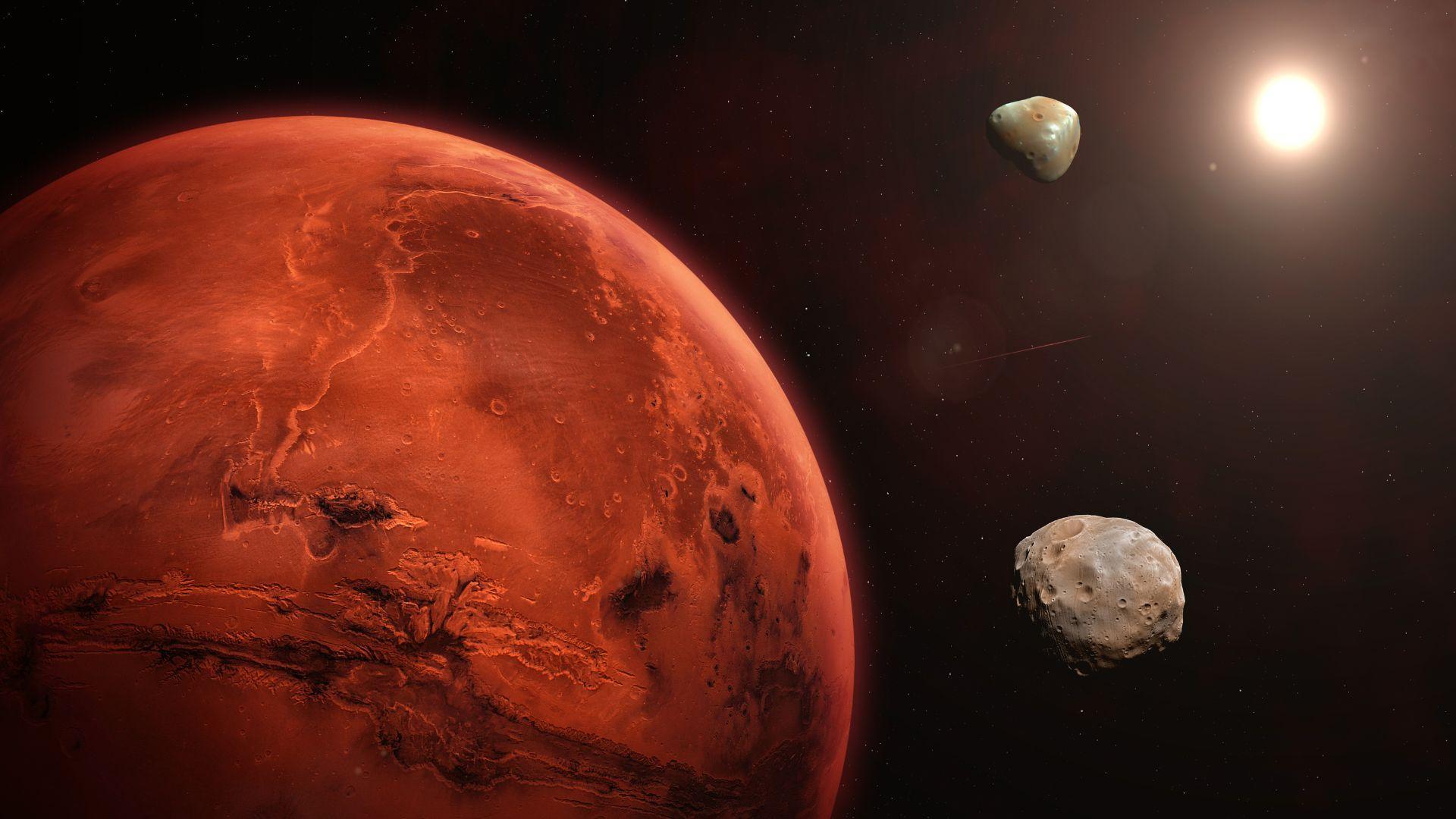
Martian rocks could hold important clues about ancient life on Mars. Scientists have long-wondered if there was life on the planet when it had flowing water and a dense atmosphere.
Kenneth Farley, the mission’s project scientist and a professor of geochemistry at the California Institute of Technology, said that the Cheyava Falls discovery “is, for me at least, the most compelling rock that we have collected so far.” The scientists hope to bring the rock to Earth for study. According to Dr. Farley, if a sample is successfully brought back home, “it has the potential to really get at the question.”
Finding Organic Compounds

Organic compounds provide the building blocks for life. Perseverance’s instruments detected organic compounds within Cheyava Falls.
Mineral deposits of calcium sulfate in the rock appear to have been deposited by flowing water. Liquid water is another necessary component for life as we know it.
Leopard Spotted Rocks
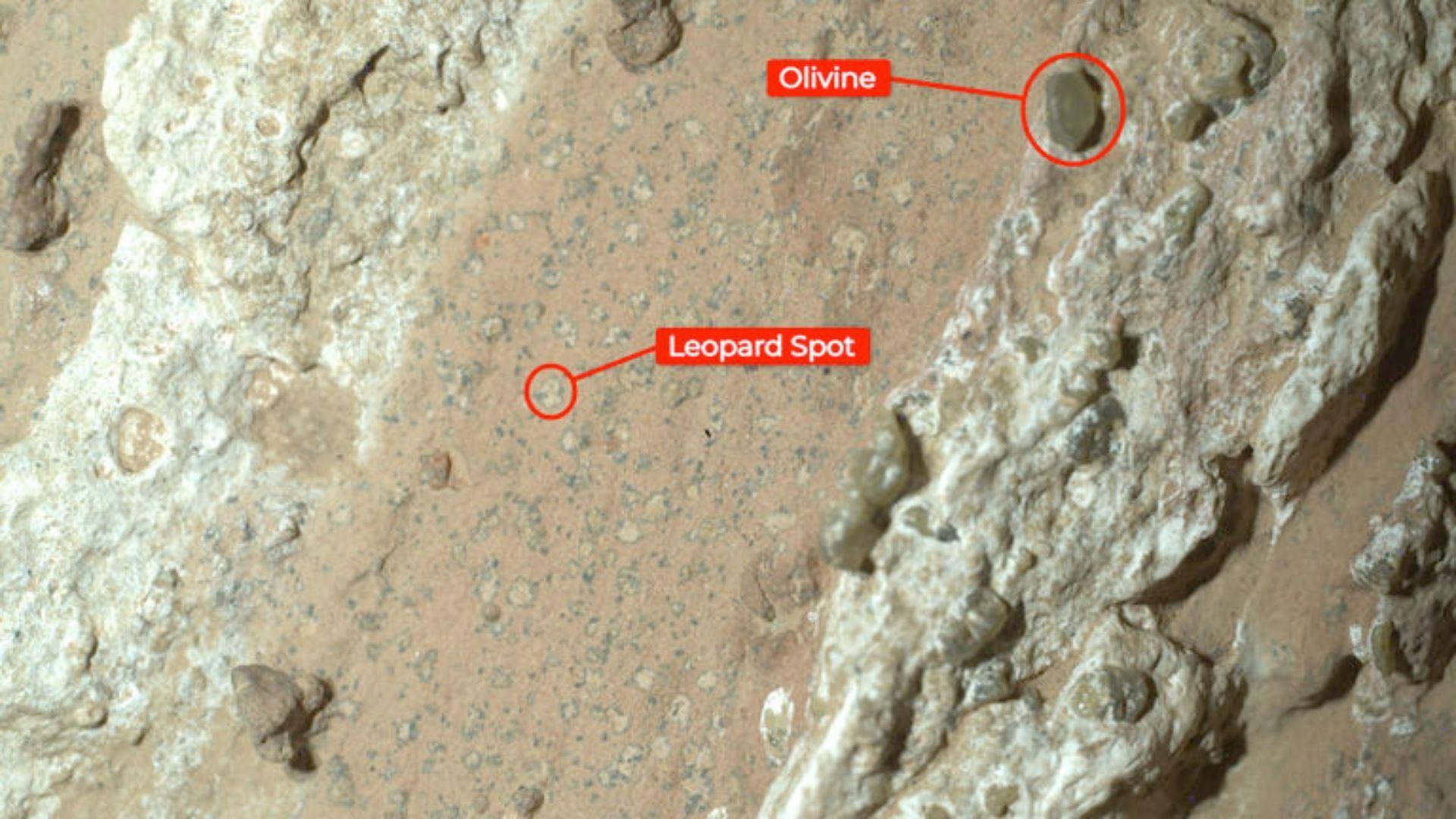
Another interesting find on the rock are small leopard-spot-like shapes. These rock spots are small whitish splotches—about a millimeter in size—that have black rings around them.
The spots’ black rings contain iron phosphate. Additionally, the ancient chemical reactions that created the leopard spots could also have provided energy for microbes.
The Importance of Organic Compounds
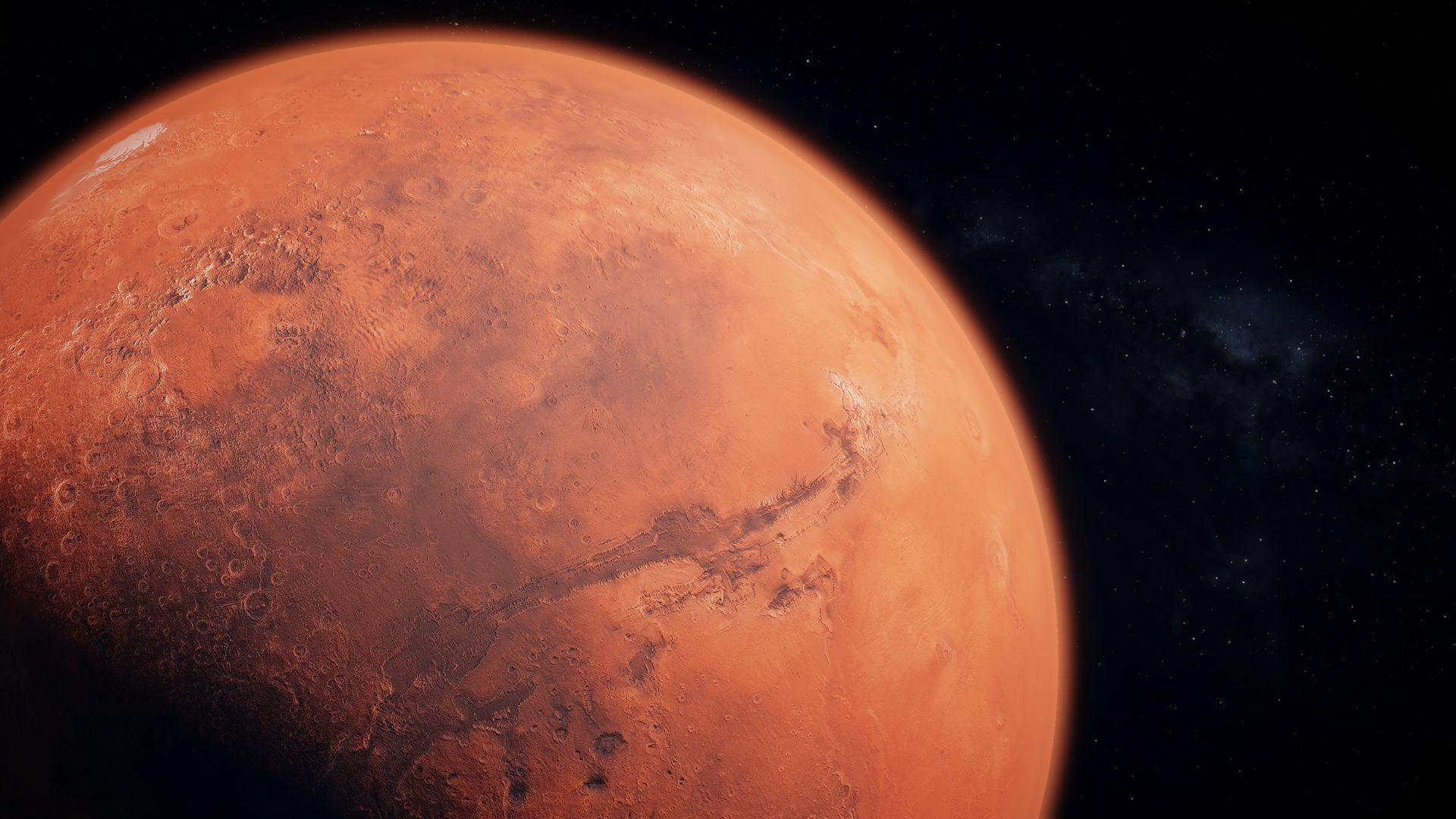
Molecules that contain carbon and hydrogen are called organic compounds. The detection of organic compounds means that the presence of life is likely.
However, the presence of organic compounds in the Cheyava Falls rock could have many possible explanations. For example, organic compounds can also be created by geological processes like hydrothermal events, which are not connected to the presence of life.
Collecting Rock Samples
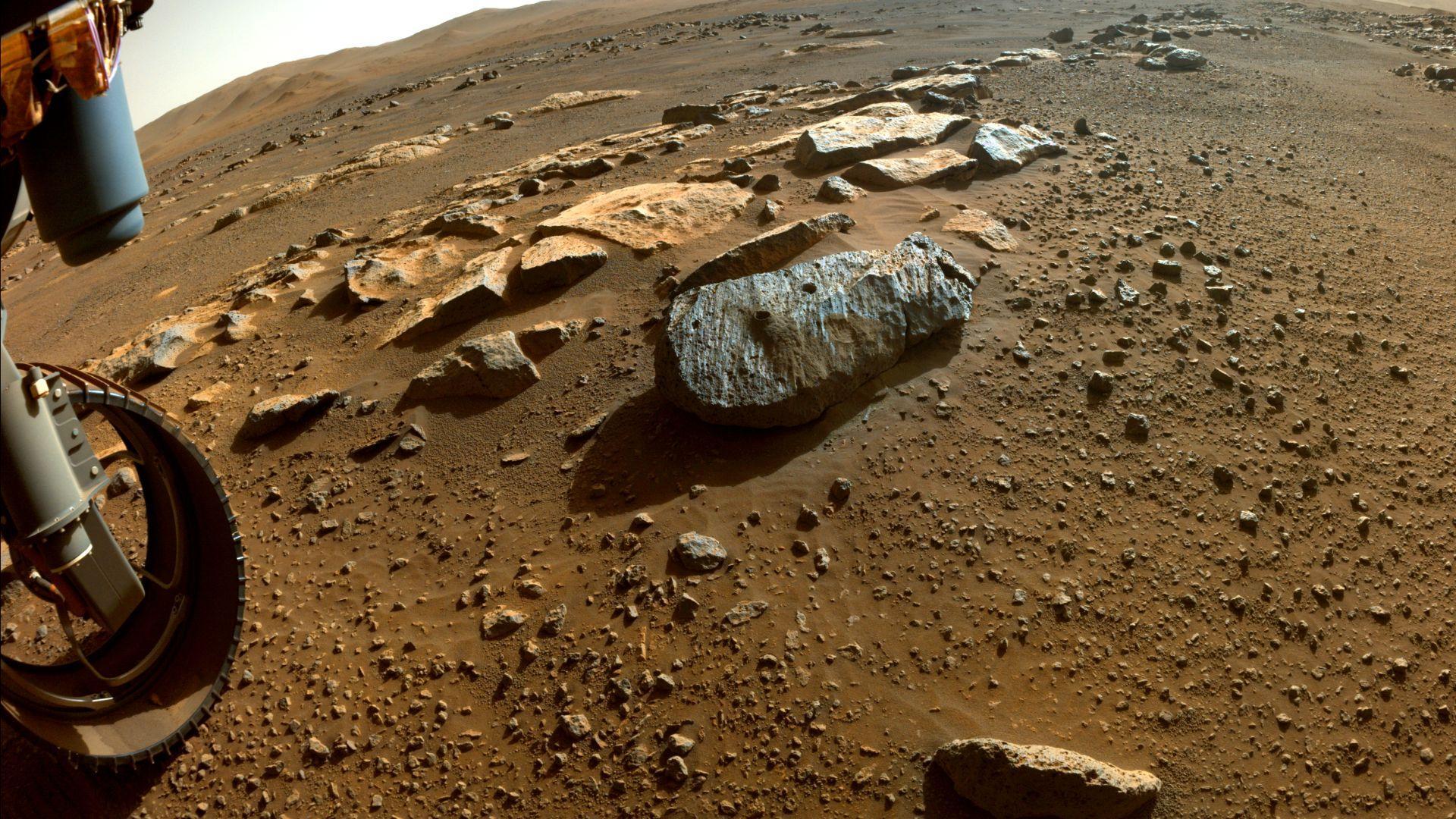
An important part of Perseverance’s mission is to drill samples of a variety of interesting Mars rocks. Then, a future mission is planned to bring samples back to Earth for scientists to study.
The variety of rocks that have been collected by Perseverance have the potential to answer a wide variety of questions about the Red Planet. Dr. Farley made sure to note that just because they hadn’t found biosignatures until now, it doesn’t mean that the mission had been a disappointment.
A Long and Costly Trip Home

Unfortunately, getting the samples back to Earth is turning out to be a herculean task. The Mars sample return mission has hit major developmental and cost difficulties. It is years behind schedule and billions of dollars over budget.
Bill Nelson, the NASA administrator, explained, “The bottom line is that $11 billion is too expensive… and not returning samples until 2040 is unacceptably too long.” What NASA chooses to do about the sample return mission will affect the future of Mars exploration. “We’re all in the same holding pattern waiting to see what might transpire,” Dr. Farley said.
Eventual Further Research
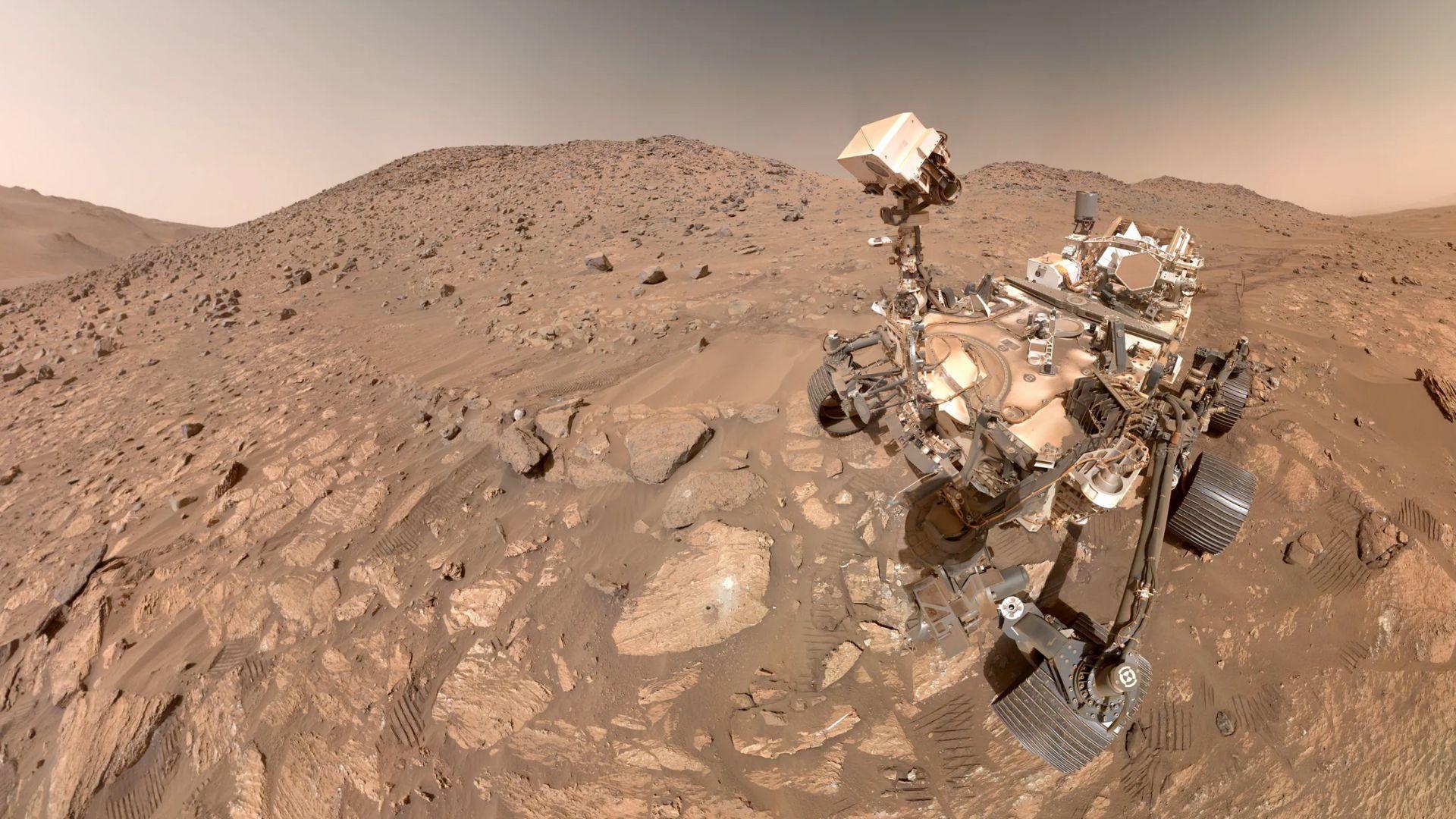
The Perseverance rover’s movements are limited, so scientists cannot give a more definite answer about the presence of life on Mars… until they are able to get the samples back to Earth. However, Perseverance is continuing to traverse Mars.
This discovery of a potential biosignature is very exciting, and the Perseverance rover’s findings may have just changed what we know about Mars. Alas, until the NASA scientists come up with a plan to get the samples back to Earth, we’ll just have to wait for upcoming updates.

